Good Teamwork doesn’t just happen on it’s own
Poor teamwork has a negative impact on the workplace, the quality of the work, and the bottom line.
A lot of workplaces could benefit from improving their internal working conditions. A lack of cooperation will have a negative impact on our workplace, the quality of our work, and our bottom line if we don’t put it into practice.
There are many managers who realize that their workforce is both their greatest treasure and their greatest challenge. We bring a lot of things to work with us every day that have nothing to do with what we’re actually doing. The quality of our work and our contribution to the greater good will, however, be affected by these factors.
Every encounter with another human being, whether it is in a private or professional context, brings everything we are and everything we have to offer to the foreground. The relationship is influenced by our values, attitudes, emotions, and experiences on a number of different levels. This is a difficult task, and it’s often a major one. When it comes to leadership and team building, cultivating the right conditions is the art. As a result of our ability to motivate our employees to work together toward shared goals and in a spirit of cooperation, we are able to achieve great results.
1+1 must equals more than 2 in order to be true
There are a lot of dysfunctional groups and teams that don’t reach this level of synergy in our daily work. A group’s synergy can sometimes be negative, resulting in the group achieving less than any one member could have done alone. Mistakenly, it is assumed that people will naturally cooperate. It’s common for members of a new team to feel fear when it’s time to start working together. Fear of group failure. Team members begin to look for opportunities only after they have overcome their initial fear by having concrete plans for the collaboration and gaining a better understanding of each other. The only way we can feel appreciated is if other people see us for who we are and form an opinion of us based on that. We feel energized and energised by the thought that another person cares about us. It doesn’t matter what the specific task is for those whose goal is to succeed in workplace relationships, they will reach the pinnacle with mutual recognition.
To fully utilize the team’s potential and make the most of each member’s unique set of skills, we must practice collaboration as a discipline within a defined framework.
It’s not a difficult task. Everyone in the group can contribute to making the collaboration creative and constructive without requiring special psychological insight or great empathic abilities. However, it does necessitate a thorough comprehension of its significance. In just a few days of work and some simple tools, it is possible to identify how a group of people can work together in an effective way. A group’s success can be enhanced by learning to harness the strengths and weaknesses of its members rather than focusing on what we don’t understand. To put it another way, when we succeed in making each other better, we feel like 2+2=4.
Our differences can be harnessed for the good of the group instead of making us feel uncomfortable or scared.
A Simple Method
The term “high-performance team” is frequently used, and we’ve met a number of groups that claim to be such. However, we believe that less than 10% of the teams we’ve worked with are truly high-performance organizations. It isn’t widely used in Denmark’s businesses.
If a group of people working together is to be considered a high-performance team, they must meet a number of very specific criteria. Teams with high performance consistently work from a burning platform; members improve their performance even when they are already in the lead; they only ever use plan A; all members take on leadership roles and share a sense of mutual responsibility that extends far beyond the professional relationship.
However, we don’t need to be a high-performance team in order to succeed together. Simply put, we define a strong team as a group of people who help each other grow. We must have a common goal, a mission, or a purpose in order to succeed. We can’t get the team or ourselves fired up if we don’t have a sense of purpose. Concreteness is required: the task must be spelled out, resolved or completed. We’ve seen teams who were unsure of what they were supposed to accomplish.
What is the reason for being a team? has frequently been “to fulfill the company’s strategic goals.” A clear indication that the task has not been clearly defined is if this is the answer. An individual’s task must be much closer to them. While it’s important that it’s tied to the overall strategy, it also needs to have a personal touch for the members of the team.
Four simple questions are all it takes to start a successful team collaboration. We refer to them as the team’s hardware or the minimum standards.
- Why – There must be a common bond between the members of the group
We have to define a purpose, maybe a defined mission, but at least establish a sense of meaning, so that everyone knows why we do as we do.
- What – the group must have a goal or objective to pursue
We must set specific and challenging goals, so that everyone knows what we need to focus on, and how we measure it.
- How – the group must make a joint plan
If we don’t clearly define what we want to achieve, no one will be able to help us achieve it.
- Who – every team member must know who assumes which responsibilities
We need to define roles and responsibilities so that we can use the team’s skills to their fullest potential and be as flexible and effective as possible as a team. If not a clear mission, then at the very least a sense of purpose so that everyone knows why we do what we do is required.
The value of your contribution far outweighs you
A group is no longer just a group if it has accomplished the above. Increasing our level of cooperation and becoming a team requires us to focus on what we term the team’s software. As a team leader, I’ve seen many team members remain silent or passive when important issues are being debated. The team’s ability to grow is severely hampered by such behavior.
Individualism is not a virtue, and the team is always greater than the sum of its parts. We all have a responsibility to contribute to the success of the team. To ensure that our contribution is valid, we must maintain our physical and mental health.
Developing trust is essential to a long-term relationship.
Raising the personal commitment and energy level – We can only do our best when we are rested, eat healthy, exercise and are mentally in balance.
The DNA of a team is formed by sharing personal stories, and this helps us build a stronger bond as a group.
Mental corner flags – The framework in which we operate defines the attitudes and behaviors we wish to have in the team.
Taking responsibility for each other – We must make commitments to each other.
The bottom line is a reflection of the Team’s Success
Investing time in improving teamwork is important because it can have a negative impact on the company’s bottom line because of the amount of energy wasted in dysfunctional teams.
Having a sense of belonging and purpose in a team can be crucial to an individual’s well-being and sense of accomplishment. It’s for these reasons that our ability to collaborate is so critical, both to the advancement of society and to the fulfillment of our own lives.
Most of us work in a random group of coworkers. As long as the conditions are favorable and the tasks are simple, such a group can perform well. The ability to collaborate is the only factor that determines whether or not we succeed in today’s difficult and demanding work environments.
Teambuilding is often criticized as a waste of time. We are completely at odds with each other. Everything begins with a single person, and we believe this to be true. A successful team can only be formed if everyone is on board. There is little difference between climbing mountains and building shelters. The difference is made by making a deliberate investment in the team.




